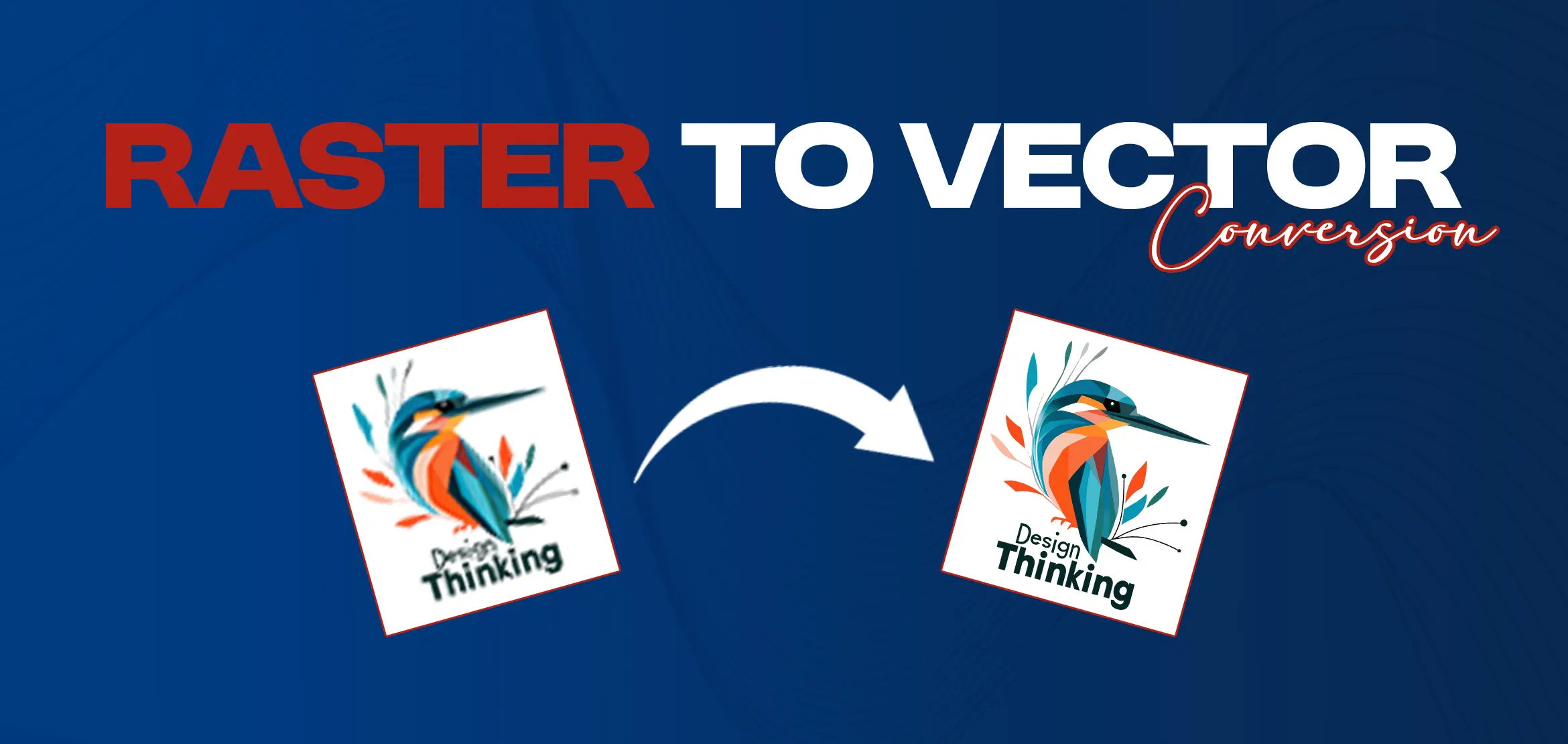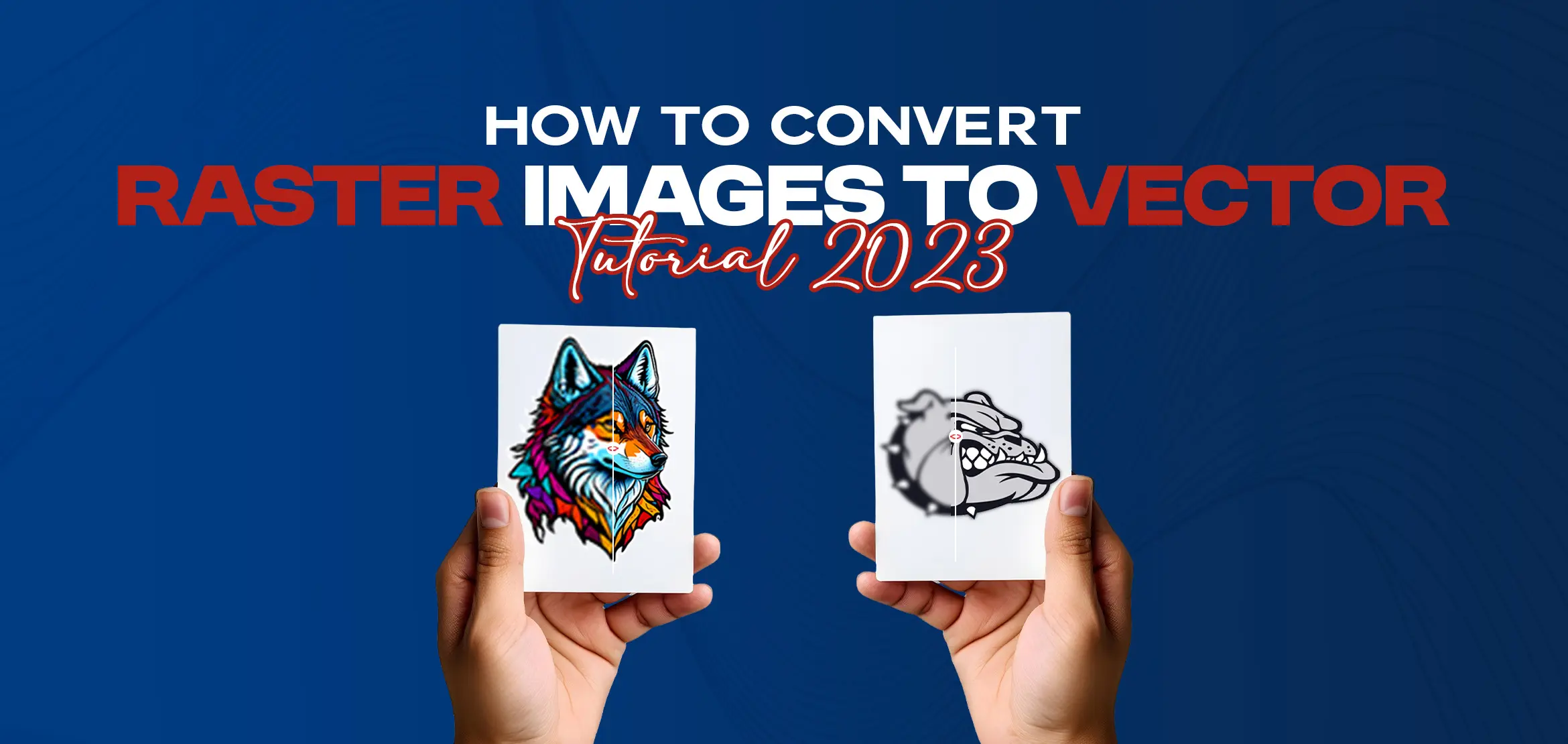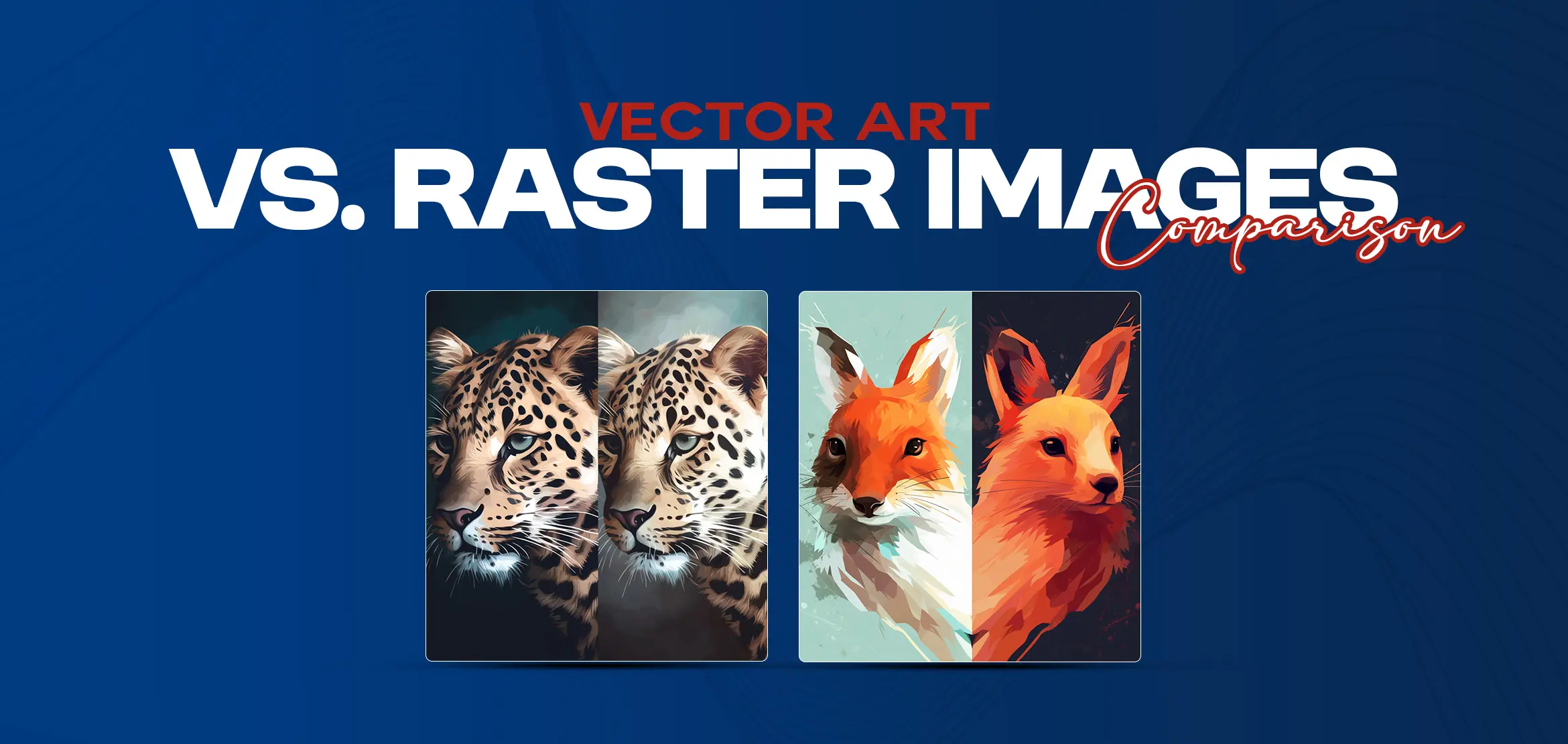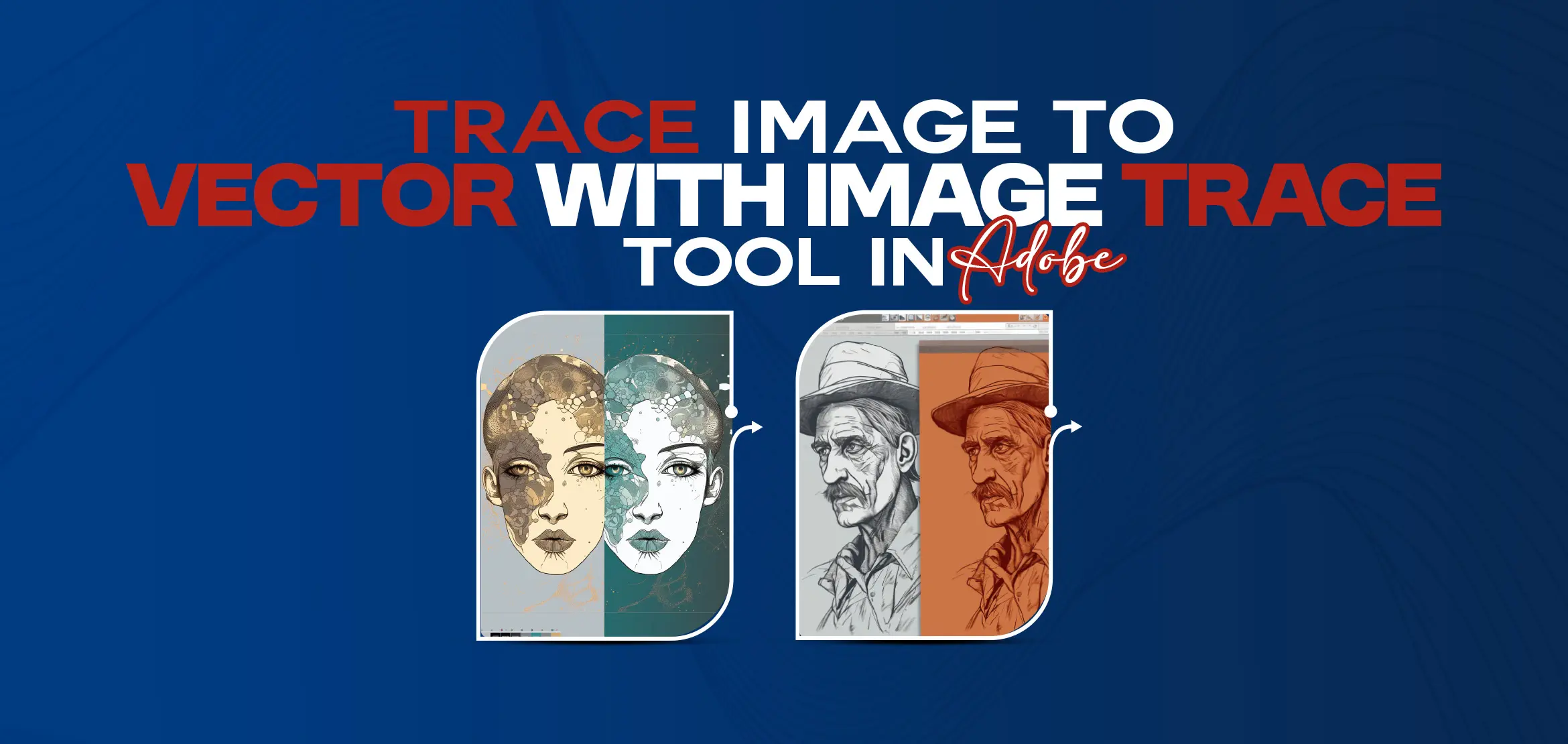
The Rise of AI in Digitizing and Creating Vector Art
Table Of Content
- Powerful AI Options Available for Embroidery Digitizing
- AI-Powered Automation in Digitizing
- Advanced Image Recognition and Conversion
- Machine Learning for Design Optimization
- Real-Time Vector Art Personalization
- AI-Driven Color Matching and Enrichment
- Smart Conversion of Digitizing File Formats
- Enhanced Quality Control Through AI Algorithms
- Integration of Augmented Reality (AR) and Virtual Reality (VR)
- Cloud-Based Collaboration and Storage Solutions
- Copyright & Ethical Considerations in AI-Generated Art
- Conclusion
AI is reshaping digitizing and vector art, going above and beyond just speeding things up to unlock a world of creative possibilities. Imagine turning intricate concepts into breathtaking designs with minimal effort—a few clicks can now bring visions to life. This shift transforms industries like embroidery, digitizing, and graphic design, blending efficiency with innovation.
Powerful AI Options Available for Embroidery Digitizing
As AI rapidly integrates into various industries, workflows are becoming more streamlined and efficient. There are several options available which can be achieved in the embroidery digitizing industry. But still the digitizer’s work will always be seen for credibility and perfect results.
Now let’s talk about breakdown of these game-changing tools:
AI-Powered Automation in Digitizing
Advanced Image Recognition and Conversion
Machine Learning for Design Optimization
Real-Time Vector Art Personalization
AI-Driven Color Matching and Enrichment
Smart Conversion of File Format
Enhanced Quality Control Through AI Algorithms
Combination of Augmented Reality (AR) and Virtual Reality (VR)
Cloud-Based Collaboration and Storage Solutions
Copyright & Ethical Considerations in AI-Generated Art
AI-Powered Automation in Digitizing
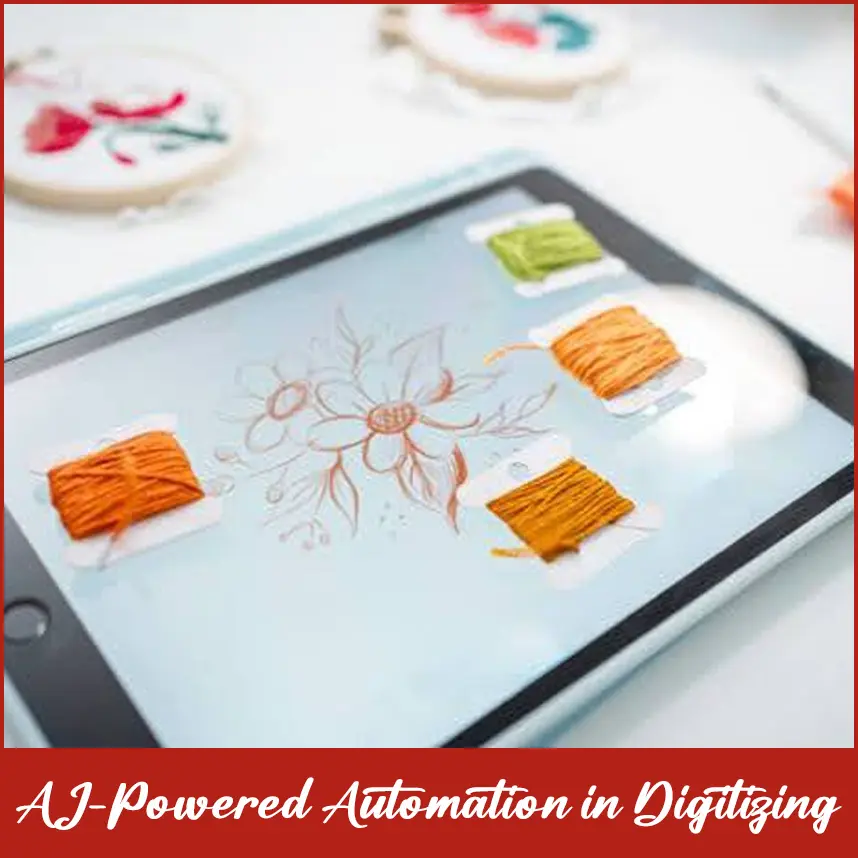
AI technology has changed digitizing by automating redundant tasks, reducing manual effort, and improving accuracy. Traditional digitizing techniques require vast human input to transform artwork into embroidery or vector files, but AI-driven solutions have made this process more efficient. By analyzing artwork, AI can choose optimal stitch paths for embroidery and refine vector outlines for printing. Traditional digitizing required a large term of experienced digitizers.
Advanced Image Recognition and Conversion
AI-powered image recognition has made it easier to convert images into vector art and embroidery designs with high accuracy. These tools can detect tiny details, shapes, and colors while keeping the original design intact.
They also separate different elements in an image, ensuring correct layering and precise stitching. It is beneficial in embroidery digitizing services, where clear and detailed designs are needed for high-quality results.
AI improves the embroidery look and makes stitching more efficient by reducing thread use and production time. It helps businesses create better products while saving costs.
Machine Learning for Design Optimization
Machine learning algorithms continuously learn from user inputs and previous designs to optimize future outcomes. These algorithms automatically analyze patterns, choices, and stitching styles, enabling AI systems to automatically suggest design enhancements. Machine learning algorithms learn from user inputs and past designs to improve future results. They look for patterns, choices, and stitching styles.This helps AI systems suggest design improvements on their own. This adaptability enhances the accuracy of the digitizing process, leading to improved efficiency and productivity.
Real-Time Vector Art Personalization

AI technology instantly customizes vector graphics, allowing designers to change colors, shapes, and patterns effortlessly. This capability helps companies deliver custom embroidery or printed designs, letting customers view real-time changes before confirming their orders. With AI-driven customization, businesses can deliver a more engaging experience, ensuring their products align with customer preferences. The ability to promptly adjust designs has positioned AI in digitizing and vector art as a crucial resource for both embroidery specialists and graphic designers.
AI-Driven Color Matching and Enrichment
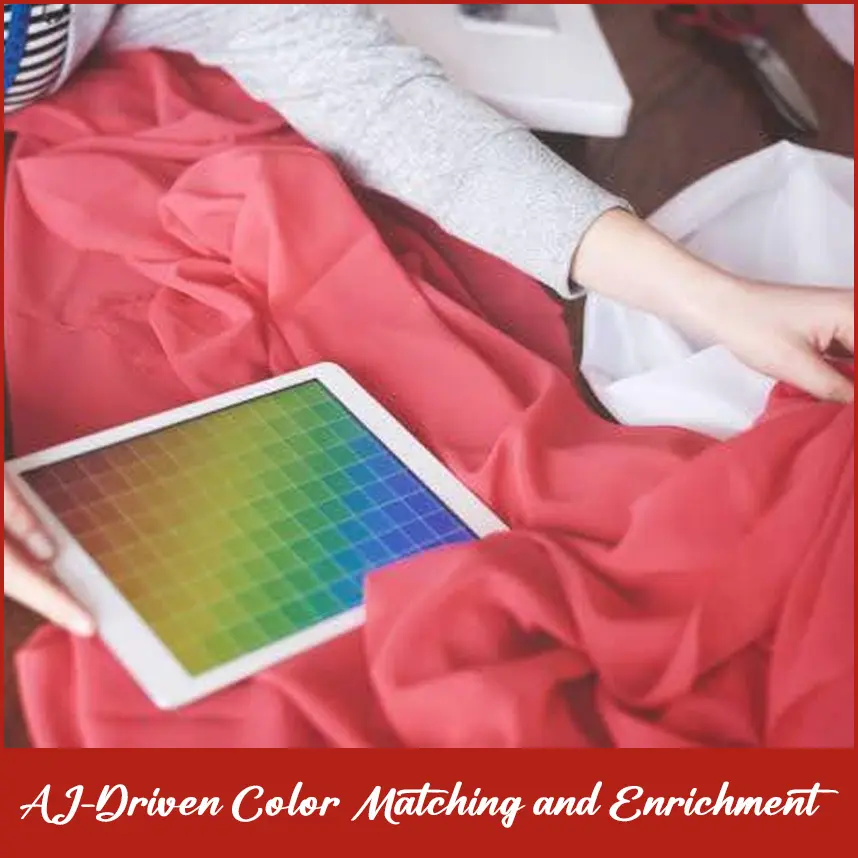
AI has changed how colors are matched and improved digitizing and vector art. These innovative tools study images to provide colors that stay the same across different designs and materials, which is very important for branding.
AI also considers fabric type and lighting conditions making colors more vibrant and appealing. It enhances image quality by modifying brightness, contrast, and sharpness for a more glossy look. With AI color matching, businesses can create stunning and professional designs that stand out in the market.
Smart Conversion of Digitizing File Formats

AI technology enables seamless conversion between file formats, such as JPEG to DST or PNG to vector formats. This smart file format conversion eliminates compatibility issues, streamlining workflows for digitizers and designers. It ensures that the design quality is maintained while optimizing the file size for better storage and sharing. Additionally, AI can automatically adjust design elements during conversion, such as resizing or rearranging layers, to ensure accurate reproduction. This advancement supports the growing trend of AI-powered tools, making digitizing more efficient and versatile. By simplifying file format conversion, businesses can save time and resources, increasing productivity and profitability.
Enhanced Quality Control Through AI Algorithms

AI-powered quality control systems catch errors in digitized designs, such as overlying stitches and misalignments. They offer real-time feedback, helping digitizers to correct the issues before production, minimize waste, and ensure constant quality. AI-driven quality control enhances reliability and ensures customer satisfaction in the USA's embroidery digitizing industry, where accuracy is key.
Integration of Augmented Reality (AR) and Virtual Reality (VR)
-and-virtual-reality-(vr)-(1).webp)
The use of AI in digitizing and vector art with AR and VR is transforming how designs are previewed. Now, customers can see how their digitized designs or vector artwork will look on products like clothes, accessories, or promotional items before buying them. This interactive experience makes it easier for customers to choose designs, reducing returns and improving satisfaction. Businesses can also offer a more engaging shopping experience, helping them stand out from competitors.
Cloud-Based Collaboration and Storage Solutions

AI-powered cloud outlets provide protected storage and seamless partnerships among team members. Designers and digitizers can work on projects from different locations in real-time, improving productivity and reducing delays.
Cloud storage also guarantees data security, controlling unauthorized access and data loss. This upgrade supports the growth of digitizing the USA, as businesses can efficiently manage projects and maintain constant communication with clients.
Also, cloud-based platforms help easily share design files, feedback, and corrections, facilitating approval. Businesses can expand their talent pool and enhance creativity through diverse perspectives by enabling remote collaboration.
Copyright & Ethical Considerations in AI-Generated Art
The increasing influence of AI in the digitizing and vector art industry is bringing ethical and copyright issues to light. The emergence of AI-generated designs sparks discussions about ownership, originality, and intellectual property rights.
The propensity of AI systems within the digitizing and vector art fields to learn from pre-existing visual creations raises a significant concern. It can lead to serious issues of plagiarism and copyright infringement.
To effectively address these complexities, organizations should implement well-defined copyright protocols. Such guidelines not only safeguard the business itself but also establish a transparent structure for responsible AI application. This aspect holds particular significance for enterprises involved in embroidery digitizing, where the safeguarding of intellectual property rights is paramount for fostering client confidence and upholding a strong reputation.
The Importance of a Digitizer's Service
While AI offers incredible tools, the expertise of a human digitizer remains indispensable. AI can stutter with intricate details, varying fabrics, or large-scale designs, where stitch density and fabric weight demand nuanced adjustments. A skilled digitizer brings precision and artistry that AI alone can't fully replicate. For instance, when handling oversized or heavy designs where the "weight scale" of the project increases, a digitizer's experience ensures proper stitch balance and prevents fabric distortion or machine strain. Their ability to manually refine AI outputs, correct errors, and tailor designs to specific needs elevates quality and saves time compared to relying solely on automated fixes.
Partnering with an expert digitizer blends AI's efficiency with human finesse, delivering flawless results without the trial-and-error grind. Want a perfect digitizing service from the best ones? DigitizingUSA will get the work done.
Conclusion
AI is revolutionizing digitizing and vector art, amplifying creativity beyond basic automation. From streamlined workflows and precise conversions to immersive previews and collaborative platforms, AI-powered tools are redefining what's possible. Yet, challenges like copyright in AI-generated art demand ethical oversight to protect intellectual property and maintain credibility—especially in fields like embroidery digitizing. Meanwhile, the digitizer's expertise remains a vital addition, assuring precision where AI falls short, particularly with complex, large-scale projects. Embracing AI's potential while leaning on human skill and ethical standards will shape these industries' bold, innovative future.
